Monolingual Parents, Bilingual Children: Tips for Success + Giveaway!
Inside: Resources for monolingual parents raising bilingual kids.
Limited-time only: this post includes a giveaway you won’t want to miss! Make sure to enter by midnight, September 28th to win some amazing Spanish resources from Linguacious!
Raising multilingual kids is a big goal for any family, but especially daunting for monolingual parents wanting to raise bilingual kids. Most of my resources are geared to teachers, or parents who at least speak some Spanish. But is it possible, if they parents don’t speak Spanish themselves?
There are families doing just that! It is not easy, but here I’ve got some tips and amazing resources for parents in this situation.
In today’s post, I’m writing with families in mind whose kids are learning a second language that is not the majority language. In other words, I’m not really writing to the Spanish-speaking family with kids who just moved to the U.S. In cases like that, your children will probably go to school and learn English beautifully. Your main focus will probably be keeping up Spanish at home, so they stay bilingual!
These specific tips are geared toward an English-speaking family in the US, for example, who would like their kids to learn Spanish. Read on for some great resources and help!
1. LEARN TOGETHER, AS A FAMILY
Ideally, you’ll be learning alongside your kids. This shows your kids that you are truly invested in their bilingualism, and allows you to work the language into your daily family life. In fact, it’s probably the key factor as to whether your children reach higher levels of the new language.
Read up on how to teach yourself Spanish using free online resources to get started. You’ll make mistakes along the way (and maybe your kids will get to the point where they correct you!), but your willingness to make mistakes is a good lesson for them as well. I’ve also teamed up with Bilingual Kidspot to create a starter kit for families learning Spanish, and you can find specific steps and resources there.
2. GET ORGANIZED
As with any major goal, the biggest obstacle is just making it happen! Take a whole weekend to make a plan. Research materials, order resources (see below!), look at your calendar, and think about your family dynamics. Go ahead and print some posters or plans and get a physical Spanish notebook going. Here are some questions to help you get going:
- What is a realistic weekly time commitment?
- What do your kids enjoy? (Books, games, sports, etc. How can you attach Spanish to these hobbies?)
- What space in your home is the “gathering” space? Can you hang posters there or fill a basket with some games and books?
- What is your budget? Can you invest in some materials or classes?
3. GATHER RESOURCES
Don’t leave yourselves with any excuses! As monolingual parents, you will need to surround yourself with materials that provide the language for you. Here are some helpful things to already have on hand:
- Purchase some Spanish children’s books (or make a library list) to mix into your bookshelves.
- Buy some CDs or cue up a Spanish YouTube list to play in the car, at bedtime, or during the day.
- Download Spanish School Bus, Canticos, MamaLingua or similar apps for yourself and your kids.
- Make sure you know how to change the language on Netflix, and cue up some shows or movies with subtitles or audio in Spanish.
I always recommend games to families, because they are one of the most enjoyable ways to learn a language. However, they also involve speaking, which can be tricky for parents who are learning along with their kids. I just recently came across an amazing resource that solves this problem!
Linguacious flashcards, available in over 15 languages, were created by Ph.D. linguists and parents of bilingual children to support families learning together. They can be used for a variety of games and for all four language skills: speaking, listening, writing, and reading. The cards are sturdy for little hands and years of use, and use realistic photos for the images.
And the best part? They all include QR codes that work with the Linguacious App, so you can check for pronunciation on the spot, with examples from native speakers. Kids LOVE this feature, since they can scan the cards themselves!
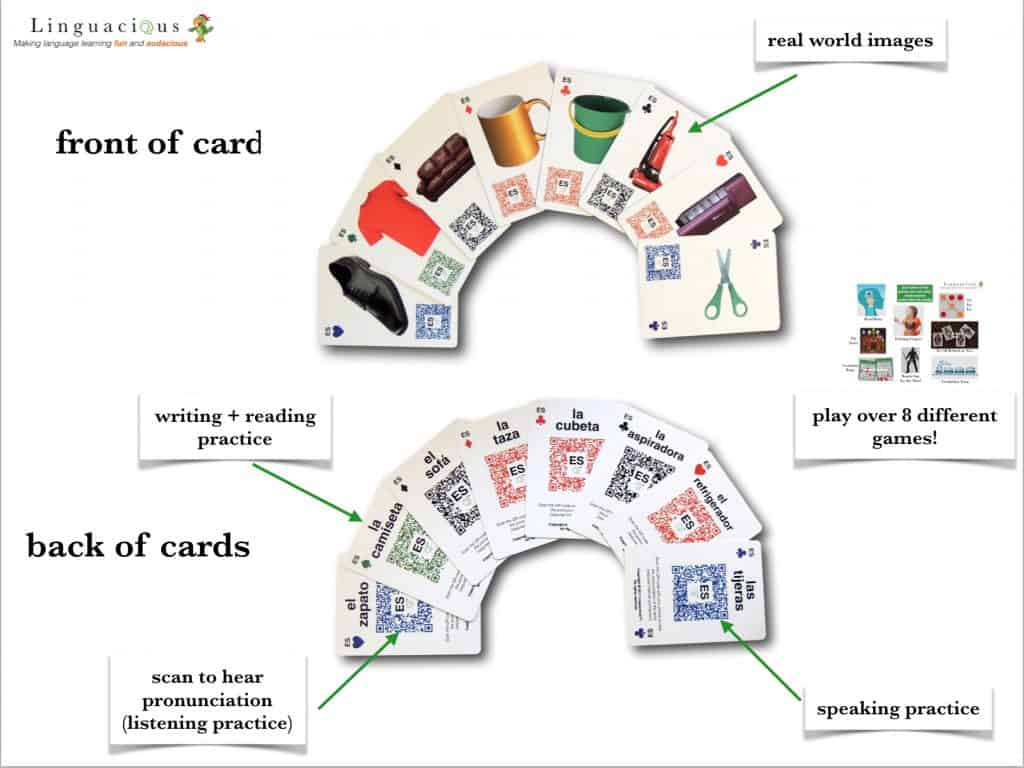
If you’d like a set for your family, enter the giveaway below to win a Linguacious product of your choice! Linguacious also offers posters with QR codes, that you can set up around your house. Having visuals around really helps keeps Spanish continually present, not something you try for a week and give up. You can hang the poster in places that make sense for daily use, too, like a food poster in the kitchen or dining room.
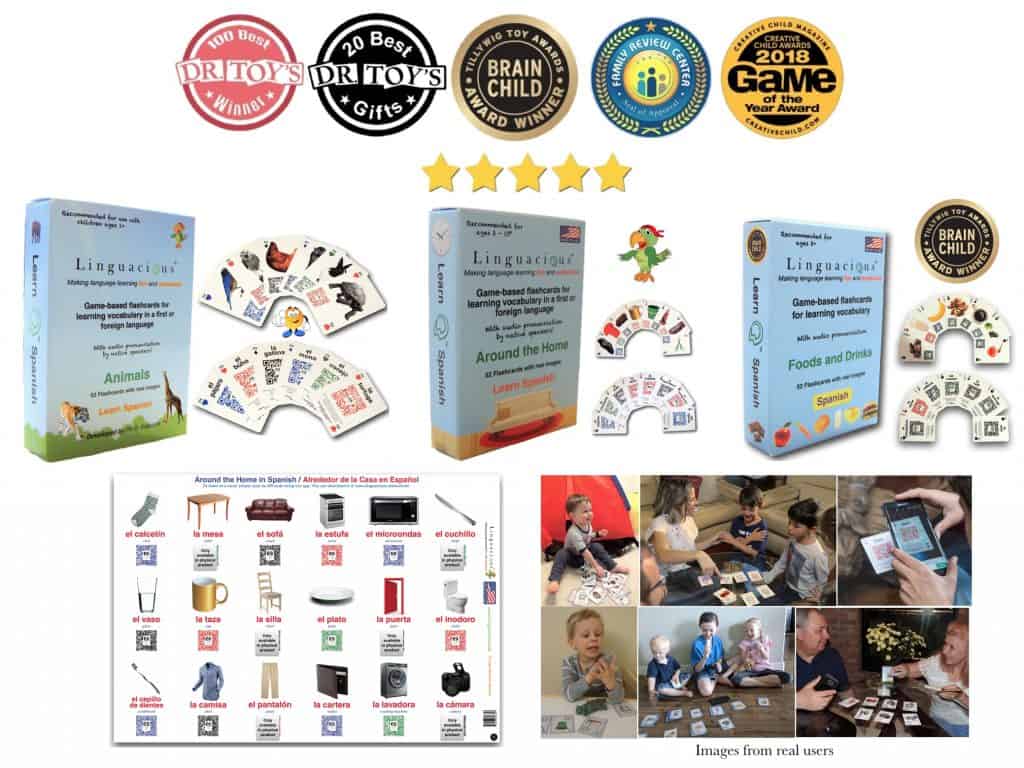
4. LOOK FOR WAYS TO IMMERSE YOUR KIDS/FAMILY
Hopefully, you will be able to take classes and/or find a tutor at some point. I also recommend looking for ways to immerse yourselves in Spanish, however possible. Not only will you learn more Spanish, but it’s incredibly motivating to continue in the language.
Some families will be able to do something like vacationing in a Spanish-speaking country, or finding a language school. For others, it will need to be a local option. Here are some ideas:
- Look for bilingual story hour at your local public library
- Find opportunities to volunteer with Spanish speakers
- Swap English lessons for Spanish lessons
- Find a native speaker who will Skype with you once a week
Like it? Pin it!
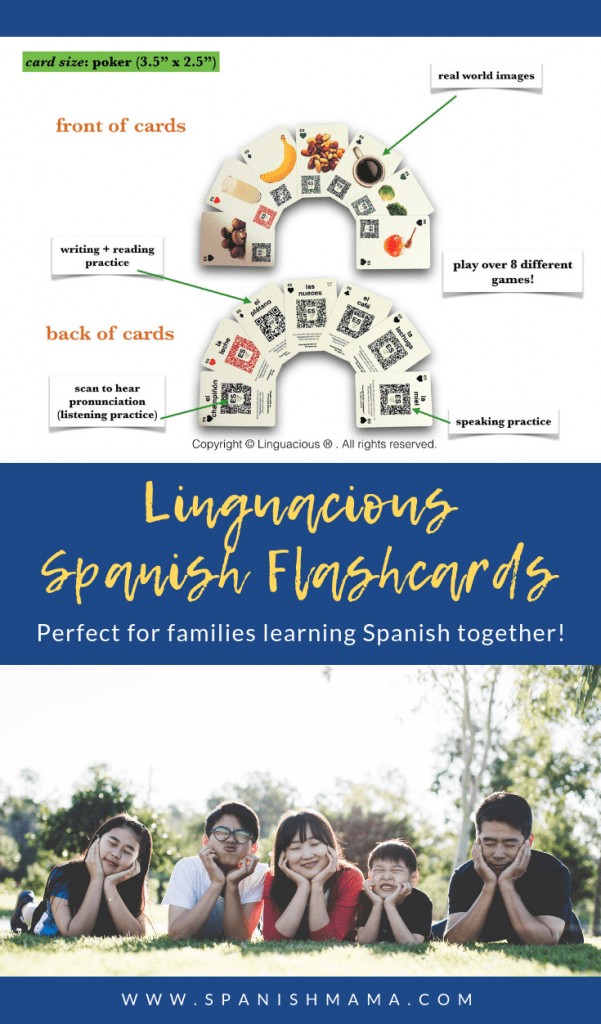
Shop Related Products
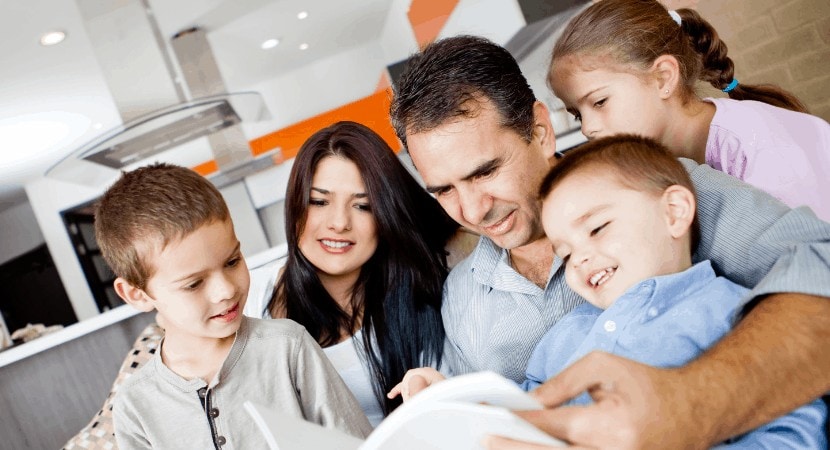
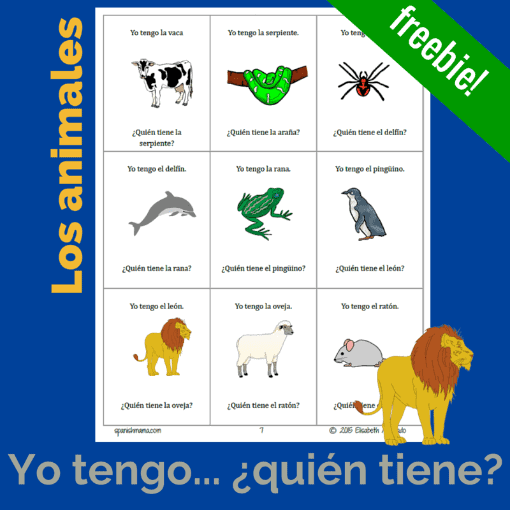

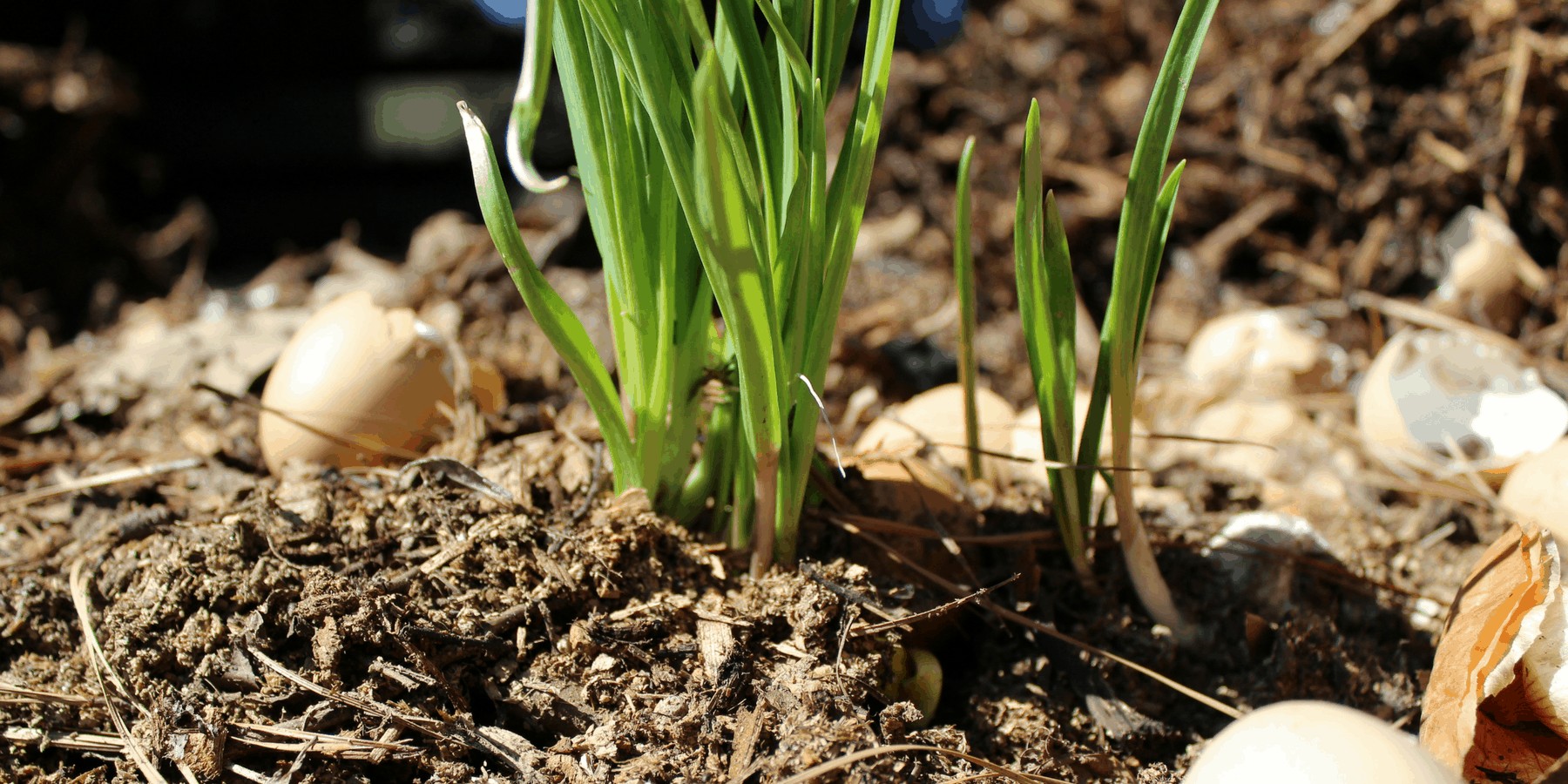
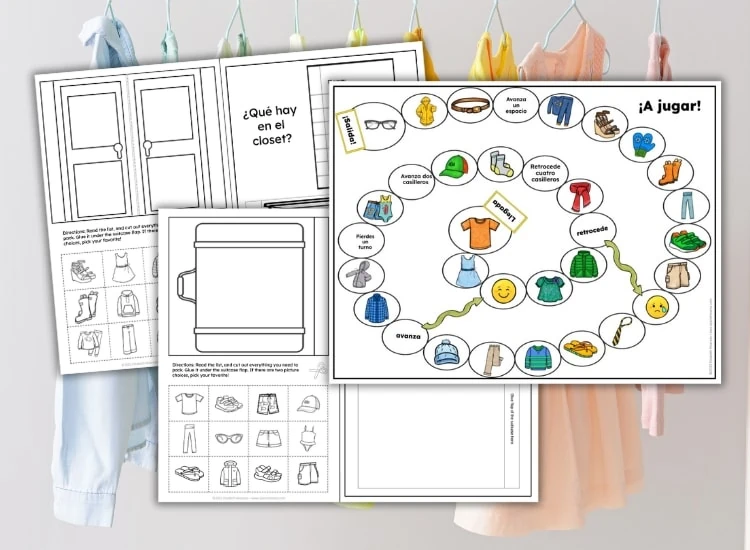


This is amazing! What a great resource! I so wish Linguacious was around when my children were growing up! Thanks for sharing! Maritere
Hi Elisabeth! Great post. I’m really excited that I found your blog. I just tried to enter the giveaway (Thursday, Sept. 27th) and it says it’s over. Any tips? Thanks!
That may have been an error- I just checked and it’s still good until midnight tonight!